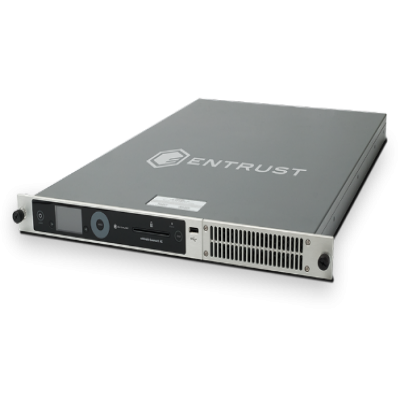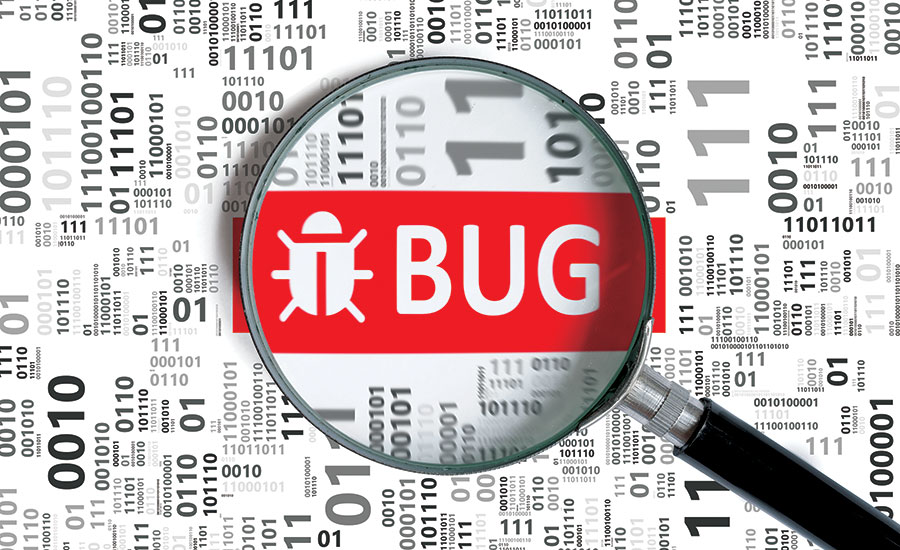Unraveling the Path of Evolution: Understanding Forks in Blockchain
Blockchain technology, the backbone of cryptocurrencies and decentralized applications, experiences a fascinating phenomenon known as a fork. This article delves into the intricacies of forks in blockchain, exploring their types, implications, and the role they play in shaping the evolution of distributed ledgers.
Types of Forks in Blockchain:
Forks in blockchain can be broadly classified into two main types: soft forks and hard forks. A soft fork is a backward-compatible upgrade that allows nodes with different software versions to continue validating transactions. In contrast, a hard fork is a more radical change that is not backward-compatible, requiring all nodes to upgrade to the new software version to avoid splitting the network.
In the realm of blockchain education, platforms like Forks in blockchain serve as valuable resources, offering comprehensive insights into the intricacies of forks. These platforms cater to both newcomers and seasoned blockchain enthusiasts, providing a deep understanding of the dynamics that govern the evolution of blockchain networks.
Soft Forks: Evolution with Compatibility:
Soft forks are akin to a seamless evolution of the blockchain. They introduce new rules or features that are backward-compatible with the existing network. Nodes that have upgraded to the new software can still communicate and validate transactions with nodes that have not, preserving the unity of the blockchain. Soft forks are generally considered less contentious as they avoid splitting the network.
Hard Forks: The Fork in the Road:
Hard forks, on the other hand, represent a more decisive divergence in the blockchain’s path. They introduce significant changes that are not compatible with the existing network. All nodes must upgrade to the new software to maintain consensus, and those who choose not to upgrade find themselves on a separate chain. While hard forks can bring about substantial improvements, they often lead to a temporary split, creating two distinct blockchains.
Reasons for Forks:
Forks in blockchain can occur for various reasons, ranging from technical upgrades and bug fixes to ideological disagreements among the community. Technical upgrades may involve enhancing scalability, improving security, or introducing new features. Ideological forks often arise when there is a fundamental disagreement within the community about the direction the blockchain should take, leading to a split in the network.
Implications for Network Participants:
For participants in a blockchain network, forks can have different implications depending on the type. In the case of a soft fork, participants may not even notice the upgrade, as it is backward-compatible. However, hard forks require active participation, and users must upgrade to the new software to remain part of the consensus. Failure to upgrade can result in isolation on the old chain or loss of functionality.
The Role of Consensus Mechanisms:
Consensus mechanisms play a vital role in managing forks within a blockchain network. Whether it’s Proof-of-Work (PoW), Proof-of-Stake (PoS), or other consensus algorithms, these mechanisms ensure that the majority of nodes agree on the validity of transactions and the direction of the blockchain’s evolution. Consensus helps avoid contentious forks and maintain the integrity of the network.
Navigating Contentious Forks:
Contentious forks occur when there is a significant disagreement within the community, leading to a split in the network. These forks are often accompanied by debates, competing software implementations, and a division among network participants. Navigating contentious forks requires a delicate balance of community engagement, governance structures, and transparent communication to minimize disruptions.
Learning from Historical Forks:
Studying historical forks in blockchain provides valuable lessons for the industry. From the Bitcoin Cash fork to the Ethereum Classic split, each event has shaped the trajectory of respective blockchains. These episodes highlight the importance of community consensus, transparent decision-making processes, and the challenges of managing diverging ideologies within decentralized networks.
Evolving Governance Models:
As the blockchain industry matures, governance models are evolving to address the challenges associated with forks. Decentralized autonomous organizations (DAOs) and on-chain governance mechanisms are emerging to provide more inclusive decision-making processes. These models aim to foster consensus, minimize conflicts, and ensure a smoother evolution of blockchain networks.
Conclusion: Embracing the Evolutionary Nature of Blockchain:
In conclusion, forks in blockchain are not fractures; they are natural evolutionary mechanisms that shape the destiny of decentralized networks. Soft forks allow for gradual upgrades, while hard forks represent decisive turns in the road. Understanding the types, reasons, and implications of forks is crucial for active participation in the dynamic world of blockchain. As the industry navigates these forks, it paves the way for a more resilient, adaptable, and innovative blockchain ecosystem.




